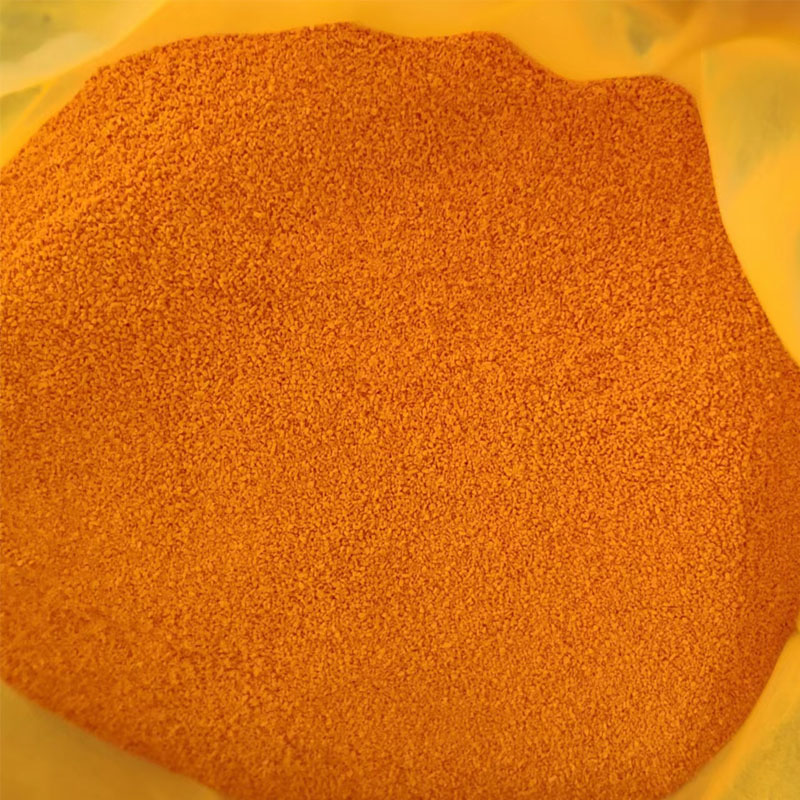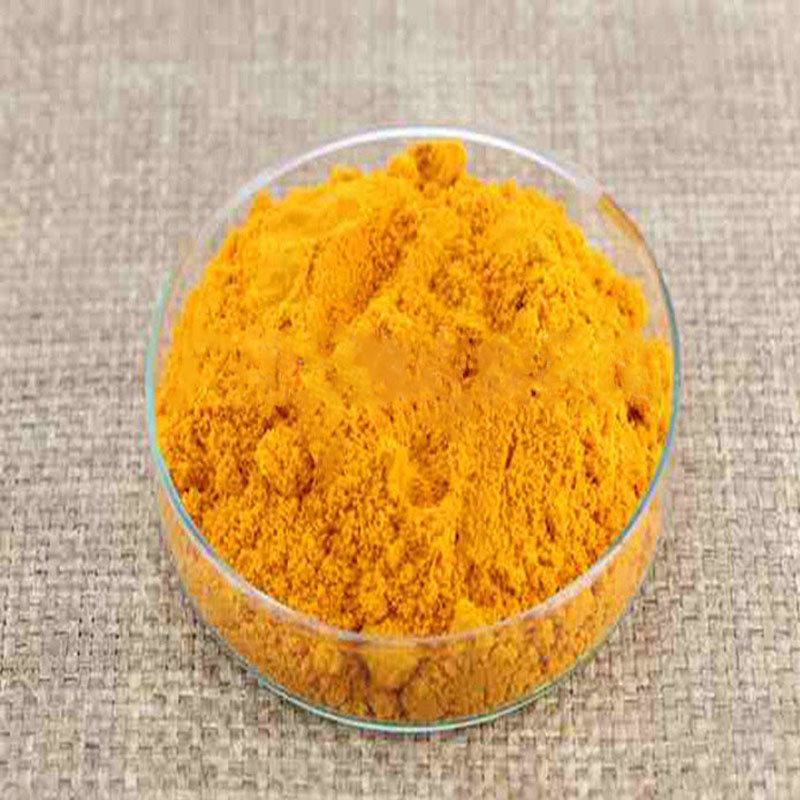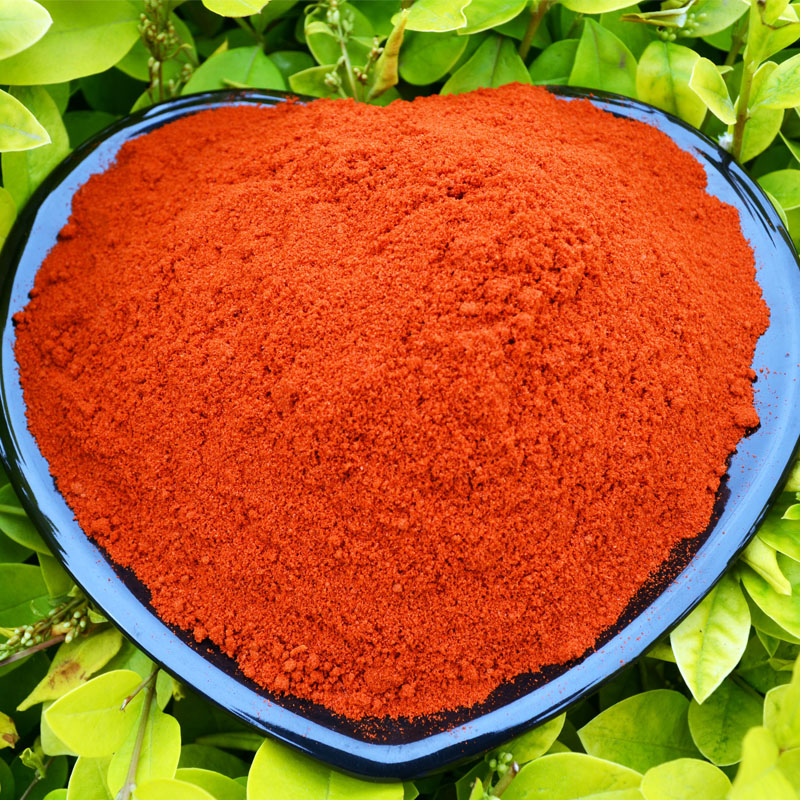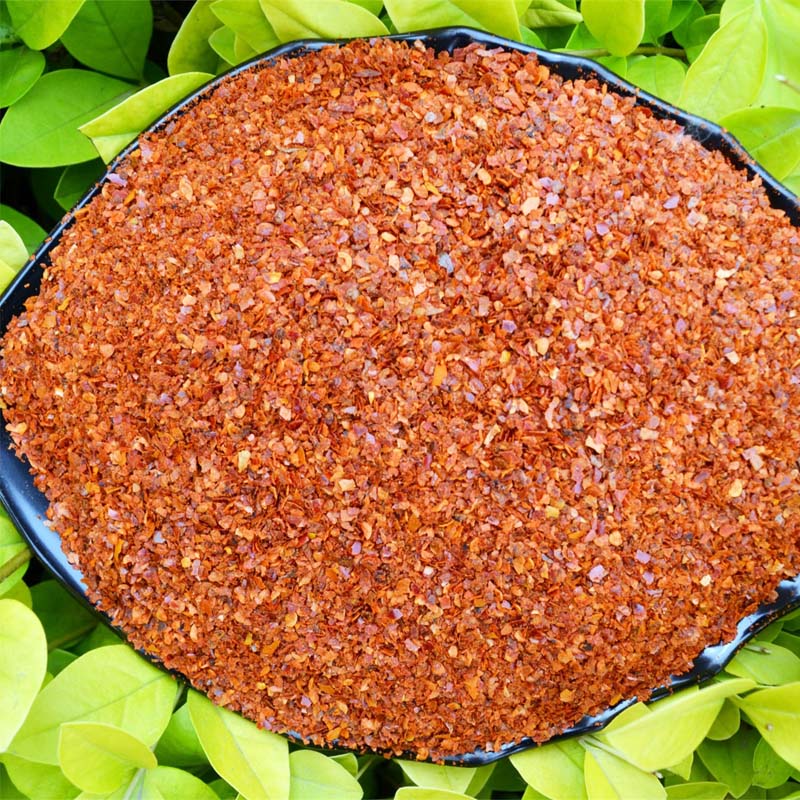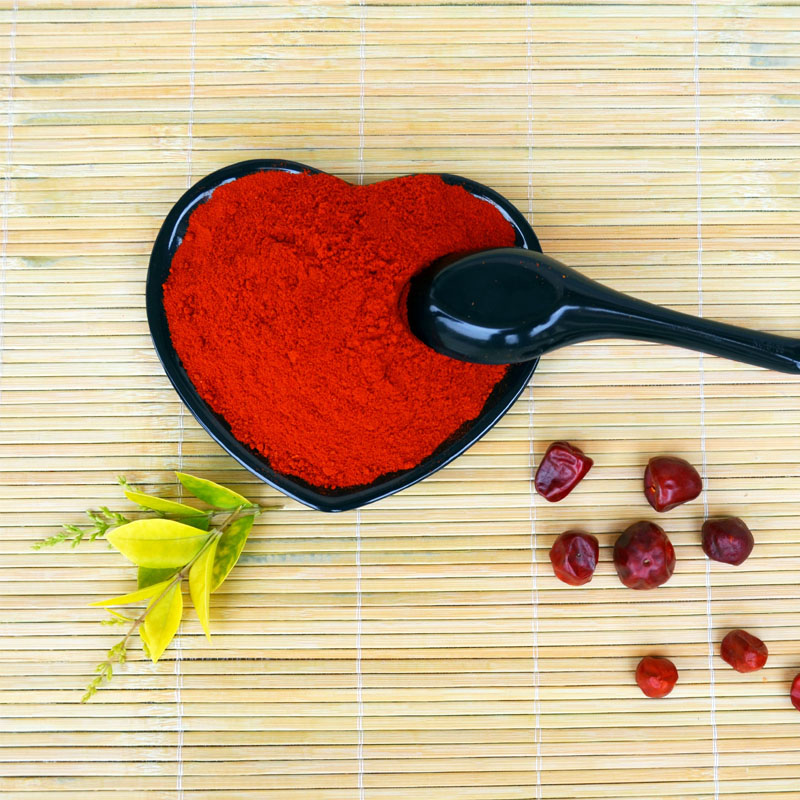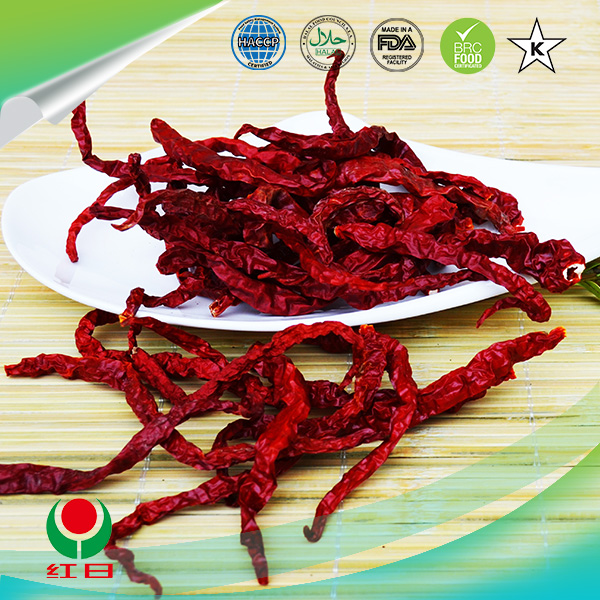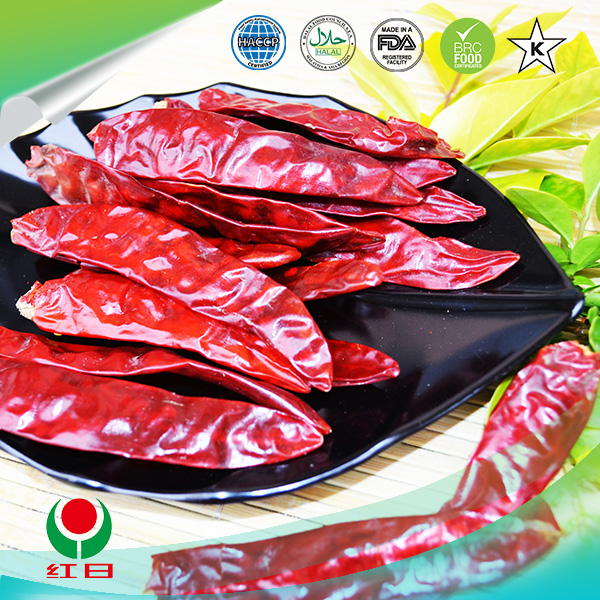- No. 268 Xianghe Street, Economic Development Zone of Xingtai city, Hebei 054001 China
- Byron@hbhongri.cn
Exploring the Flavor and Uses of Dried Red Chile Pods in Cooking
The Rich World of Dried Red Chile Pods
Dried red chile pods have a prominent place in culinary traditions around the world, celebrated for their rich flavor and vibrant color. They embody the essence of many cuisines, particularly in Latin America and Asia, where they play a pivotal role in enhancing dishes with their unique taste and health benefits. In this article, we’ll explore the origins, varieties, culinary uses, and health advantages of dried red chile pods.
Origins and Varieties
Chile peppers are believed to have originated in Central and South America, with evidence of their cultivation dating back thousands of years. Spanish explorers introduced these fiery pods to Europe and Asia in the 15th century, leading to a global appreciation for chiles. Dried red chile pods are made from various types of fresh chiles that are harvested at their peak ripeness, then sun-dried or dehydrated.
Some well-known varieties include Ancho, Guajillo, Pasilla, and Cayenne. Ancho chiles, the dried form of the Poblano pepper, have a sweet, rich flavor with mild heat, making them a staple in mole sauces. Guajillo chiles, with a tangy flavor and medium heat, are often used in salsas and marinades. Pasilla chiles possess a deep, smoky taste and are commonly found in traditional Mexican dishes. Cayenne, on the other hand, is known for its sharp heat and is frequently used as a powdered spice to add kick to recipes.
Culinary Uses
Dried red chile pods are incredibly versatile in the kitchen. They can be rehydrated by soaking them in hot water, making them suitable for adding to stews, soups, and sauces. When rehydrated, they offer a deep flavor profile that fresh chiles might lack, as the drying process intensifies their natural sweetness.
One classic dish that highlights the use of dried red chiles is the traditional Mexican mole sauce, where a blend of different chiles creates a complex, rich sauce enjoyed with meats or as an enchilada filling. Many Southwestern American dishes also utilize these pods, whether in chili recipes or enchiladas.
dried red chile pods
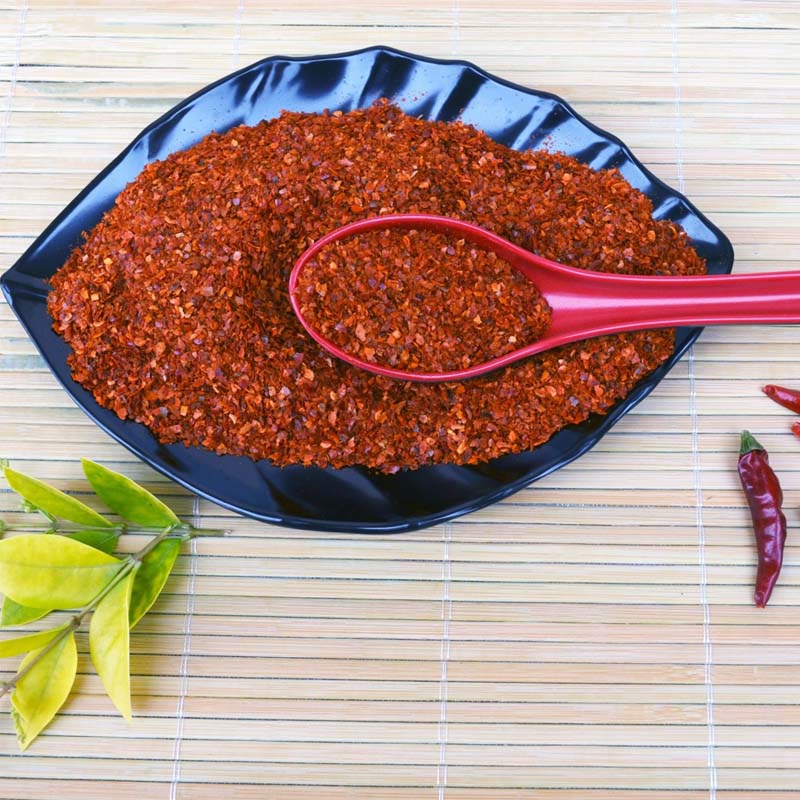
In Indian cuisine, dried red chiles are often added to tempering oils, lending heat and flavor to dishes like curries and daals. Asian cuisine also incorporates dried chiles, as seen in Szechuan cuisine where they are used to create spicy stir-fries and condiments.
Health Benefits
Beyond their culinary appeal, dried red chile pods offer significant health benefits. They are rich in vitamins A and C, which are essential for maintaining healthy skin and a robust immune system. Capsaicin, the compound responsible for the heat in chiles, has been studied for its potential health benefits, including pain relief and improved metabolism.
Additionally, capsaicin has been shown to promote digestive health by stimulating the digestive tract and increasing the production of stomach acids. Some studies suggest that consuming spicy foods may even aid in weight management, as they can help increase metabolic rates and reduce cravings for sweet and fatty foods.
Conclusion
Dried red chile pods are more than just a spice; they are a cornerstone of flavor and tradition in many cultures. Their diverse varieties, unique flavor profiles, and numerous health benefits make them a valuable addition to any kitchen. Whether you are a seasoned chef or a home cook, incorporating dried red chiles into your meals can open up a world of culinary possibilities.
So next time you’re looking to add depth and kick to your dishes, consider reaching for a pack of dried red chile pods. Enjoy experimenting with different varieties and discovering the rich, spicy depth they can bring to your cooking. With each bite, you’ll be tasting a piece of history that connects cultures across the globe.
-
Unlock the Power of Nature with Capsicum Oleoresin ExtractNewsJul.03,2025
-
Unleash the Heat: Discover the Wonders of Spicy Crushed Red PepperNewsJul.03,2025
-
Unleash the Flavor of Red Pepper Pods – Elevate Your Culinary Creations!NewsJul.03,2025
-
The Rich Flavor of Red Pepper Dried – The Ultimate Ingredient for Your Culinary Creations!NewsJul.03,2025
-
Discover the Rich Flavor of the PaprikaNewsJul.03,2025
-
Discover the Flavorful World of Paprika & Chili ProductsNewsJul.03,2025
